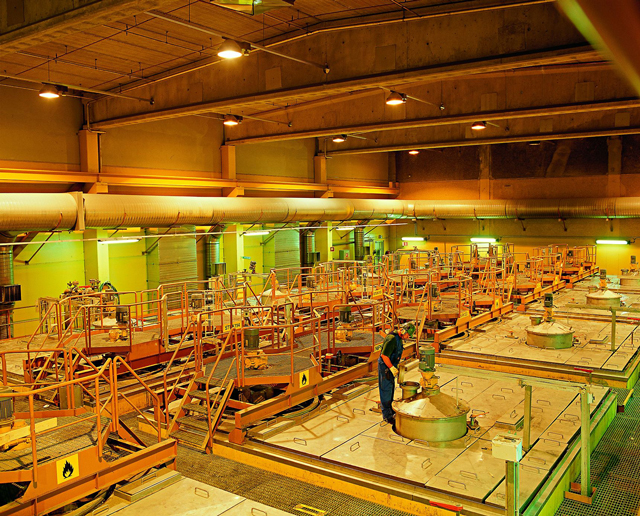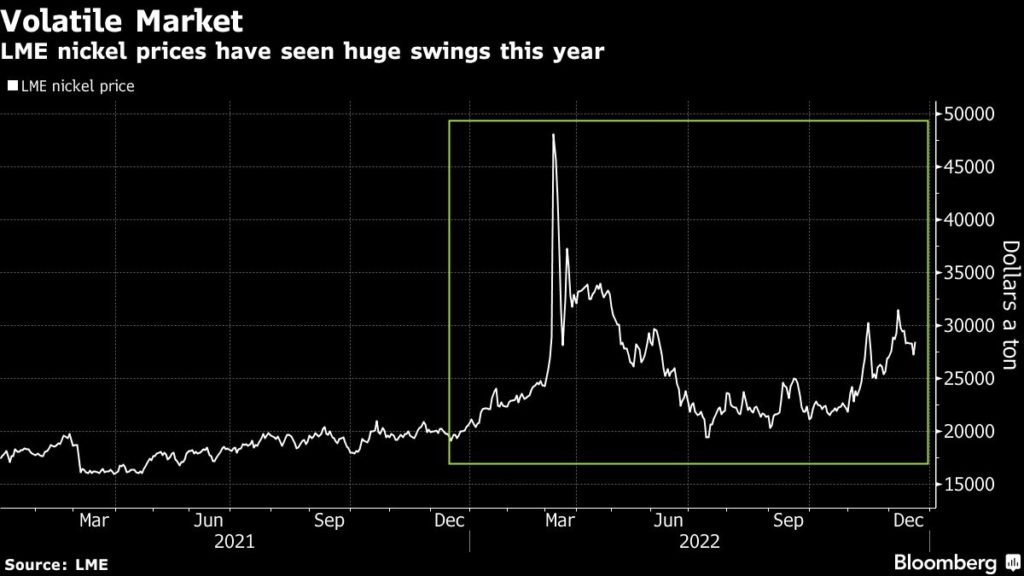Nornickel mulls cutting output by 10% next year

MMC Norilsk Nickel PJSC is considering cutting nickel output by about 10% next year as some European buyers shun Russian supplies and amid a potential surplus of the metal.
The miner controls roughly a 10th of the global nickel market and had targeted producing 205,000 to 215,000 tons of the metal this year. It has already informed some clients of a plan to lower output, according to people familiar with the matter who asked not to be identified as the information isn’t official.
Lowering output by 10% would take it close to Nornickel’s 2021 level, when supplies were affected by flooding at two of its key mines. Nornickel’s press service declined to comment.
While the US has sanctioned Nornickel’s top shareholder, Vladimir Potanin, the company itself isn’t subject to any penalties. Still, the war in Ukraine has impacted the miner by disrupting logistics, insurance and shipping. Plus, Finland’s state railway firm will end freight traffic from Russia at the end of December, forcing Nornickel to seek other ways to get supplies to its Finnish Harjavalta unit.
Any tightening in supplies could fuel more volatility for London Metal Exchange nickel futures. Prices are up 40% this year and the contract has been dogged by low liquidity since an unprecedented short squeeze in March — and big price swings in recent weeks have raised questions about its viability as a global benchmark.
Nickel prices extended gains on the news to trade up 7.1% by 3:16 p.m. on the LME, but remained below highs reached earlier in the day.

Nornickel last month said that the world nickel market could be in a potential surplus of around 110,000 tons next year. The company’s contracting season for 2023 was also paused for about a month in the autumn while the LME consulted on whether it should ban Russian metals, before deciding against it.
The miner therefore didn’t finish its contracting deals and hopes to increase sales to China in 2023, while European sales are set to decline, the people familiar with the matter said.
The Chinese government has asked local buyers to sign contacts priced on Shanghai Futures Exchange prices, which are traditionally lower than on the LME, but less volatile, the people said. That’s the major subject in those talks, they said.
More News
{{ commodity.name }}
{{ post.title }}
{{ post.date }}



Comments